We shall consider the situation with the training of officers for the Belarusian Armed Forces.
Previously, we have already raised the issue of staffing the Belarusian Armed Forces with soldiers and sergeants. Now we shall consider the situation with the training of officers for the Belarusian Armed Forces.
On March 10, 2023, Decree No. 66 “On conscription of reserve officers for military service” was signed. The document envisages conscription of reserve officers in 2023, who are under the age of 27, have graduated from the military academic department and haven’t completed military service. The document envisages drafting up to 230 reserve officers to the Belarusian Armed Forces.
It was reported that conscription of reserve officers “is carried out annually on a regular basis” and “will allow to increase the level of staffing of primary military positions of officers in the Armed Forces, to ensure high-quality training of the mobilization reserve.”
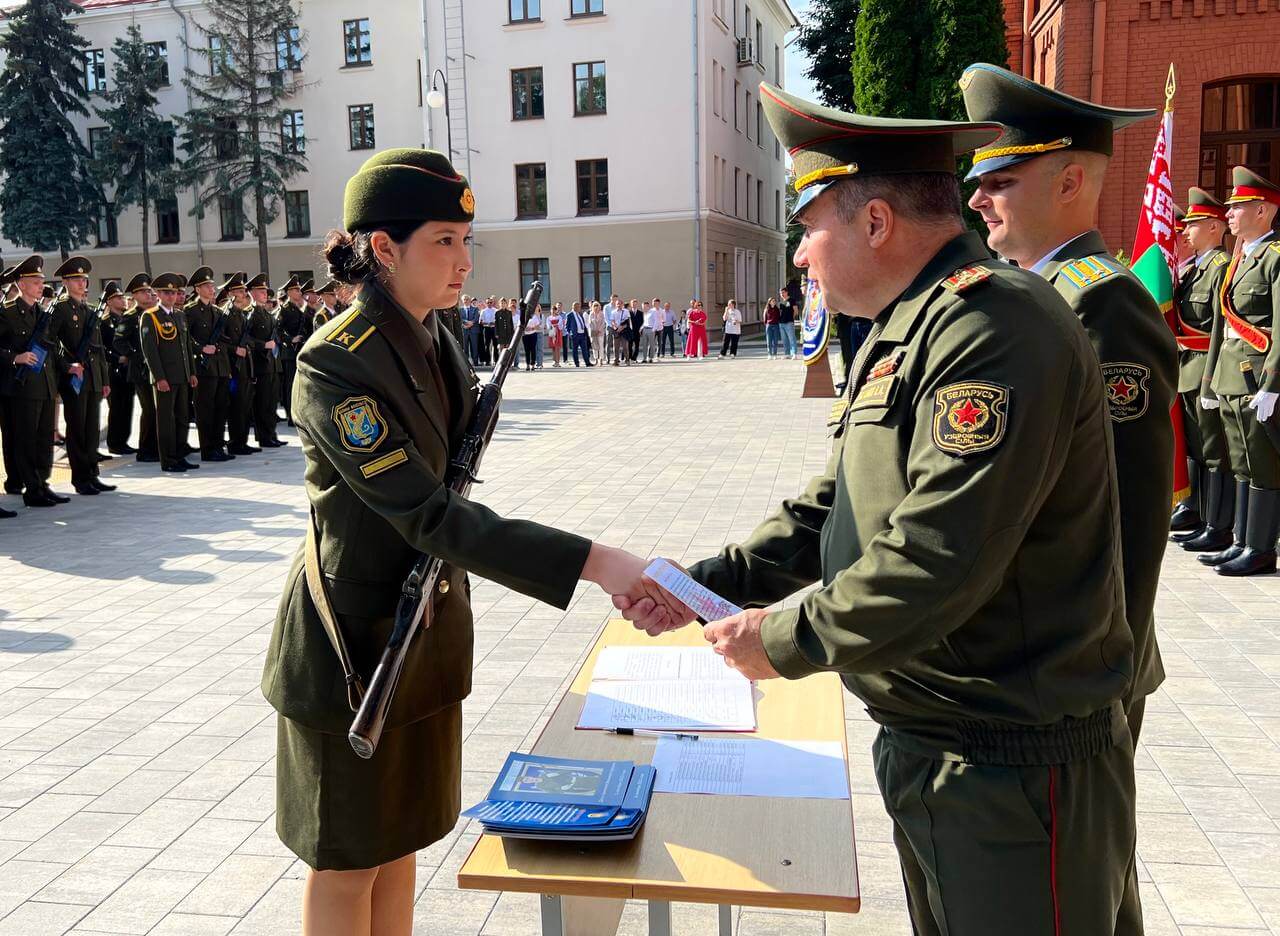
We should note that the practice of training reserve officers at military academic departments has existed since Soviet times. In Belarus, military academic departments have been established on the basis of the largest universities. The departments train junior specialists (sergeants, one year of study) and officers (lieutenants, two years of study) of the reserve. Studies at the military academic department are conducted without interrupting the basic (civilian) education. Classes are held one day a week. After graduation from the department, students have a one-month internship in the army.
The possibility to conscript reserve officers was fixed in the first version of the Law “On military duty and military service” of 1992. The law stipulated that the number of reserve officers subject to conscription was established by the Council of Ministers upon the submission of the Ministry of Defense. The 2003 version of the Law changed the mechanism of conscription of reserve officers: it is now based on presidential decrees. Initially, the term of service for reserve officers was 2 years, in 2014 it was reduced to 1 year.
The overall dynamics of conscription of reserve officers is interesting. As can be seen in the graph below, the practice of conscription of reserve officers has existed (with interruptions) since 1994. In general, at least three waves of conscription of reserve officers can be distinguished:
1994 — 1996;
2002 — 2006;
2016 — current time.

Note. The number of reserve officers was not disclosed in 1994.
The highest conscription of reserve officers was in the mid-2000s (the record was in 2002 – 260 people). Since 2016, reserve officers have been drafted annually.
The 2023 conscription of reserve officers was notable for an increase in the number of reserve officers drafted compared to previous years, as well as the drafting of reserve officers into the Border Guard Service for the first time since 1996.
In general, is 230 reserve officers for the Belarusian Armed Forces a lot or a little? To answer this question, it is necessary to analyze the tools of recruiting officers in the Belarusian Armed Forces.
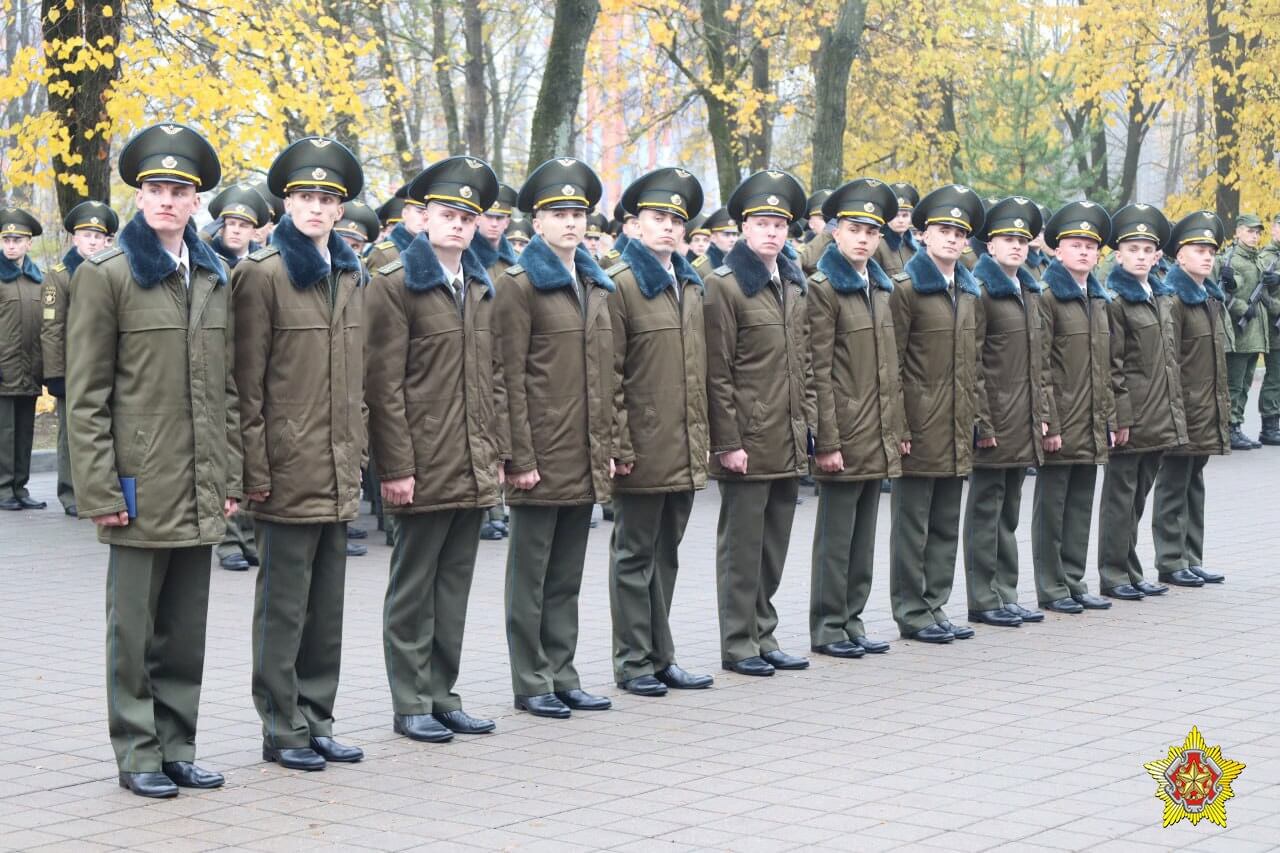
1) The most mass way is the training of future officers in military educational institutions of Belarus. According to open sources, the following number of officers were trained in total in 2023:
Military Academy (the main “personnel forge” of the Belarusian Armed Forces) – 431 officers (the main graduation (419 people) took place at the end of June, additional graduation of the Aviation Faculty (12 people) – in October. We should separately mention 58 graduates of the Faculty of the Internal Troops, who won’t serve in the Belarusian Armed Forces);
Military-Transport Faculty of Belarusian State University of Transport – 22 officers;
Military Faculty of BSU – 31 officers;
Military Faculty of BSUIR – 45 officers;
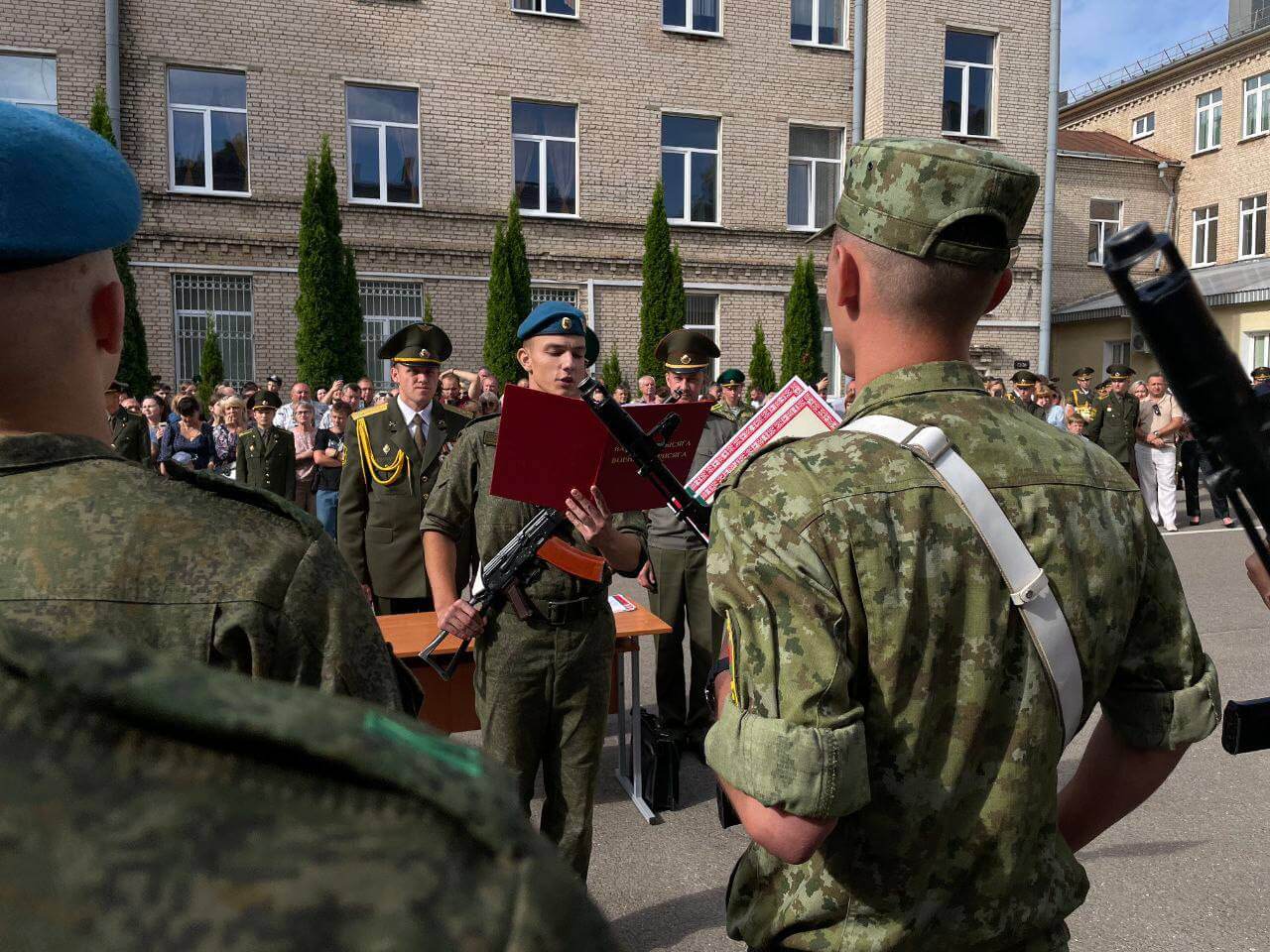
Military-Technical Faculty of BNTU – 68 officers;
Military-Medical Institute of BSMU – 24 officers;
Military Faculty of Hrodna State University – 25 officers;
Military Faculty of Belarusian State Aviation Academy – 25 officers.
In total – 671 officers.
A small number of specialists for the needs of the Belarusian Armed Forces are also trained at the Academy of the Ministry of Internal Affairs and the Civil Defense University of the Ministry of Emergency Situations (for example, the plan of enrollment to the Civil Defense University in 2022 for the Ministry of Defense of Belarus was 9 people, in 2023 – 2 people). Their average number in a year will be about 10 people.
It is important to note that among the total number of officers graduated from educational institutions, some were trained not for the Belarusian Armed Forces, but for other law enforcement agencies (the State Border Committee, the Internal Troops of the Ministry of Internal Affairs, the Ministry of Emergency Situations, etc.). Accordingly, not all graduates of military educational institutions of Belarus started to serve in the Belarusian Armed Forces.
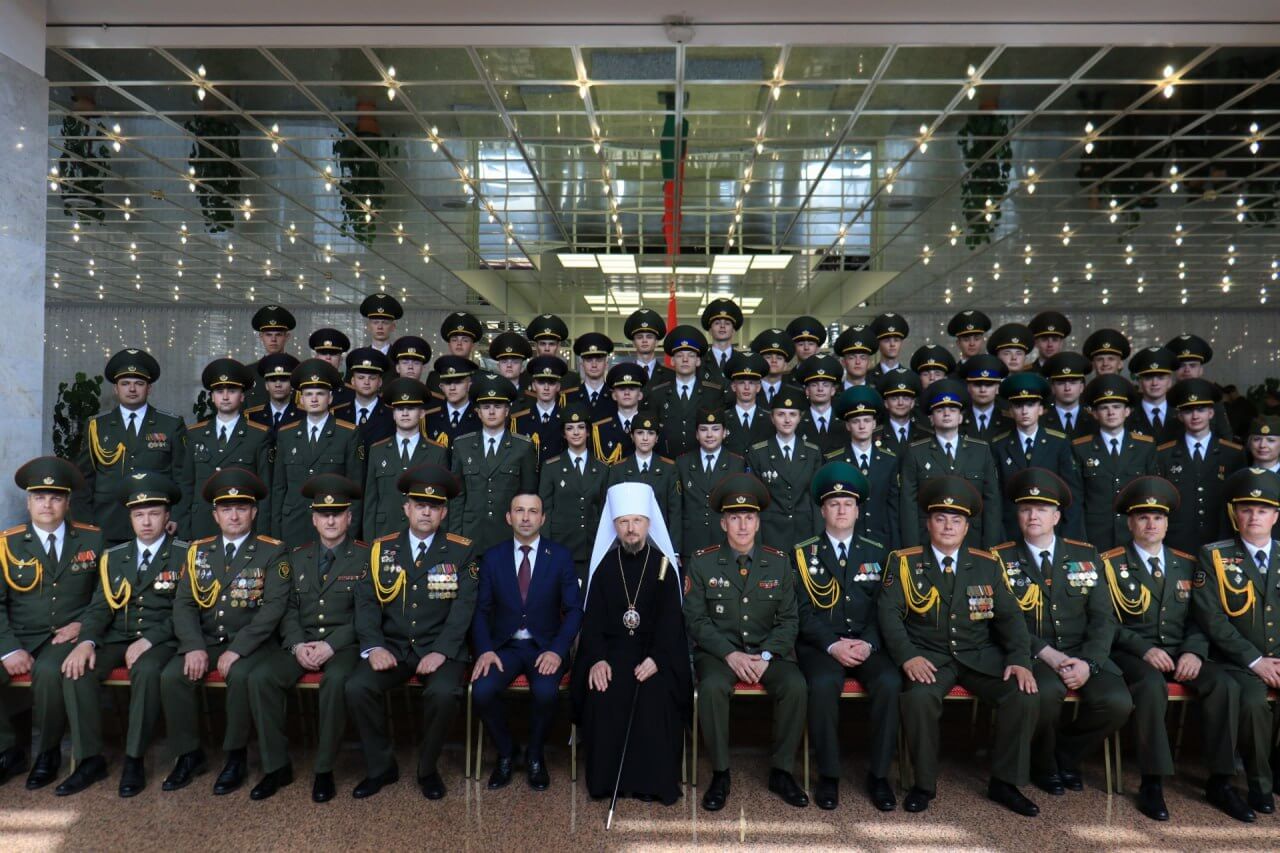
For example, in 2018, 554 people entered the Military Academy, of which 476 people, or 86%, studied for the Belarusian Armed Forces. In 2023, this index was 80%. In 2021, 28 people entered the Military Faculty of Hrodna State University. Of these, 20 people, or 71%, were enrolled for the Belarusian Armed Forces. Thus, we can exclude at least 10% of the total number of graduates of military educational institutions of Belarus who didn’t study for service in the Belarusian Armed Forces.
2) Some officers are studying in Russian educational institutions for the Belarusian Armed Forces. For example, in 2022, 57 applicants were planned to be enrolled to train officers for the Belarusian Armed Forces, in 2023 – 114 (about 70 were actually enrolled). Let’s assume that about 50 officers are trained in Russia per year.
3) Officer training is also provided by the Faculty of Refresher Training and Retraining of the Military Academy. The faculty conducts courses of training junior officers twice a year. Acting servicemen of the Belarusian Armed Forces undergo retraining. After graduation, they are awarded the rank of lieutenant or junior lieutenant.
For example, in 2022, two graduations were reported at the faculty: in May – 60 people, and in October – also about 60 people. In 2023, two graduations took place: in April, 60 people graduated from the faculty, and in October – 72 people, including 7 female officers (132 officers in total). We note that from 2006 to October 2021, 1685 officers graduated after the courses (110-120 people per year on average).
4) Another tool for expanding the officer ranks of the Belarusian Armed Forces is the passing of professional training examinations at the Faculty of Refresher Training and Retraining of the Military Academy. If they pass the exams successfully, servicemen are certified for the military rank of lieutenant or junior lieutenant. The number of servicemen who become officers in this way each year is unknown.

Based on available information, we can conclude that in 2023, 795 officers were trained for service in the Belarusian Armed Forces:
- military educational institutions of Belarus – 603 officers (671 minus 10%);
- Academy of the Ministry of Internal Affairs and the Civil Defense University of the Ministry of Emergency Situations – 10 officers;
- Russian military educational institutions – 50 officers;
- Faculty of Refresher Training and Retraining – 132 officers.
Accordingly, the shortage of officers in the Belarusian Armed Academy in 2023 could be about 29%. The “shortage of officers in the military” refers to the ratio of the number of reserve officers planned to be drafted for service in the Belarusian Armed Forces to the total number of officers trained for the Belarusian Armed Forces.
For comparison, in 2021, 1182 officers were trained for the Belarusian Armed Forces:
- military educational institutions of Belarus — 1002 officers;
- Academy of the Ministry of Internal Affairs and the Civil Defense University of the Ministry of Emergency Situations — 10 officers;
- Russian military educational institutions — 50 officers;
- Faculty of Refresher Training and Retraining — 120 officers.
And in 2022, 842 officers were trained for the Belarusian Armed Forces:
- military educational institutions of Belarus — 662 officers;
- Academy of the Ministry of Internal Affairs and the Civil Defense University of the Ministry of Emergency Situations — 10 officers;
- Russian military educational institutions — 50 officers;
- Faculty of Refresher Training and Retraining — 120 officers.
We note that in 2021, only 100 reserve officers were drafted for service. It turns out that the shortage of officers in the troops was about 8%, which is 3.5 times less than in 2023. It is important to add that a large number of officers in 2021 were connected with double graduations (there were two officer graduations in some educational institutions during the year).
Comparing the data on the number of officers trained for the Belarusian Armed Forces and the number of conscripted reserve officers, we can state that there is a correlation between these values.
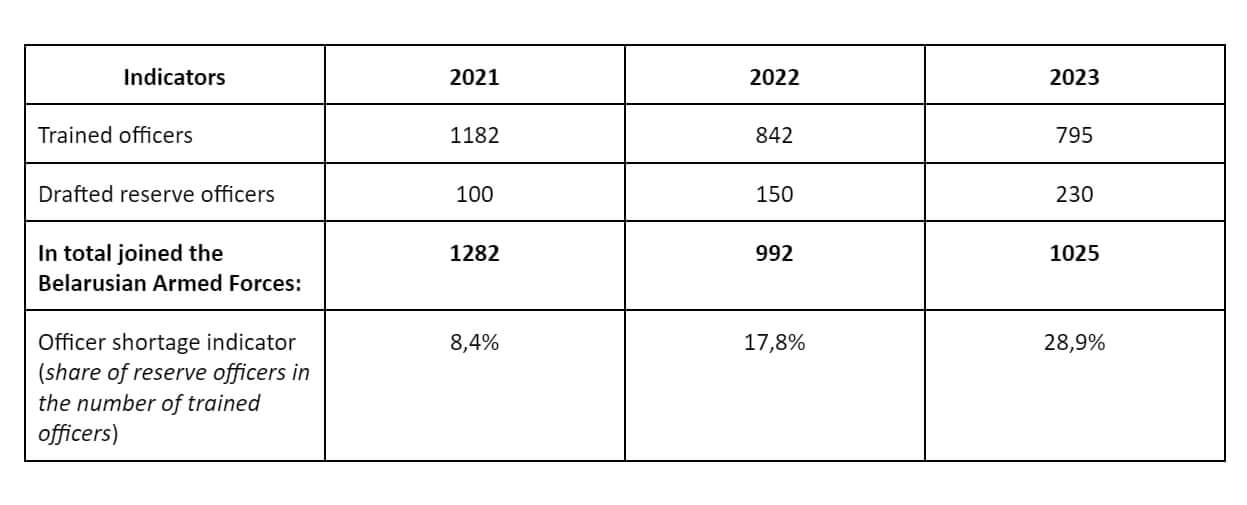
Based on data for 2021-2023, we can clearly see that while the number of trained officers for the Belarusian Armed Forces decreased, the number of reserve officers drafted increased. The data obtained confirm the hypothesis that there is a shortage of officer personnel in the Belarusian Armed Forces. At the same time, the sharp increase in the number of drafted reserve officers should be associated with both the low number of trained officers and the decision to form the Southern Operational Command.
In general, conscription of reserve officers who have graduated from military academic departments has both advantages and disadvantages. The main disadvantage of conscripting reserve officers is their poor training. The level of knowledge and competencies, which are given during the training at the military academic department, are insufficient for serving in an officer’s position. Accordingly, the troops have to spend time and resources for additional training of such an officer who is practically unfamiliar with the specifics of serving in the army (unlike a cadet who has been purposefully training for it for 4-6 years).
At the same time, reserve officers are drafted for one year. During this time they can only have time to adapt to the service. However, only a part of reserve officers will continue to serve further and sign a new contract. There is no data in open sources on the number of reserve officers who sign a second contract for service.
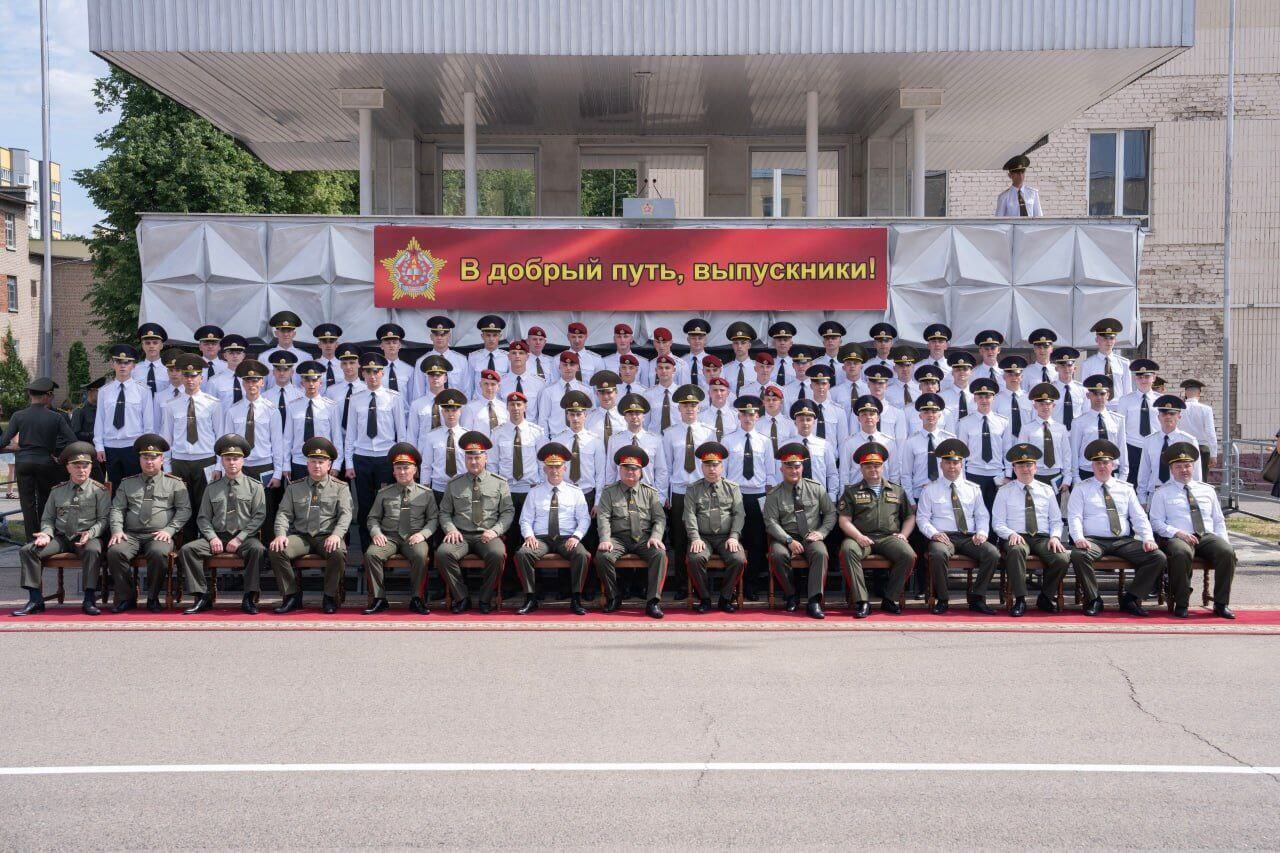
Given the constant conscription of reserve officers, we may assume that a significant part of reserve officers refuse to continue their service.
The positive side of conscription of reserve officers is their cheapness for the budget. The cost of training a cadet who has been on full state support for 4-6 years will be much higher than the cost of training a student at a military academic department. However, in this case there is a dilemma: a cheap and poorly trained specialist or an expensive but well-trained specialist.
Main conclusions:
1) The mechanism of conscription of reserve officers is used primarily to staff primary officer positions for which there are not enough graduates of military educational institutions. This approach makes it possible to cover staffing gaps with low-quality, but specialists cheap for the budget. The growth of the number of drafted reserve officers in recent years ( together with a decrease in the number of graduates of military educational institutions) indicates the systemic nature of the shortage of officers in the Belarusian Armed Forces of Belarus.
2) The increase in the number of drafted reserve officers may be connected with the formation of the Southern Operational Command. A military town and a training ground are to be built for the new command by 2027. Currently, the formation of new units of the command has not been publicly reported. However, the realization of this task will require a large number of officers. And the personnel issue is one of the most problematic in the formation of the Southern Operational Command. We may assume that the enrollment into the Military Academy is being increased for this reason, in order to provide the new units with the necessary number of officers by 2027.
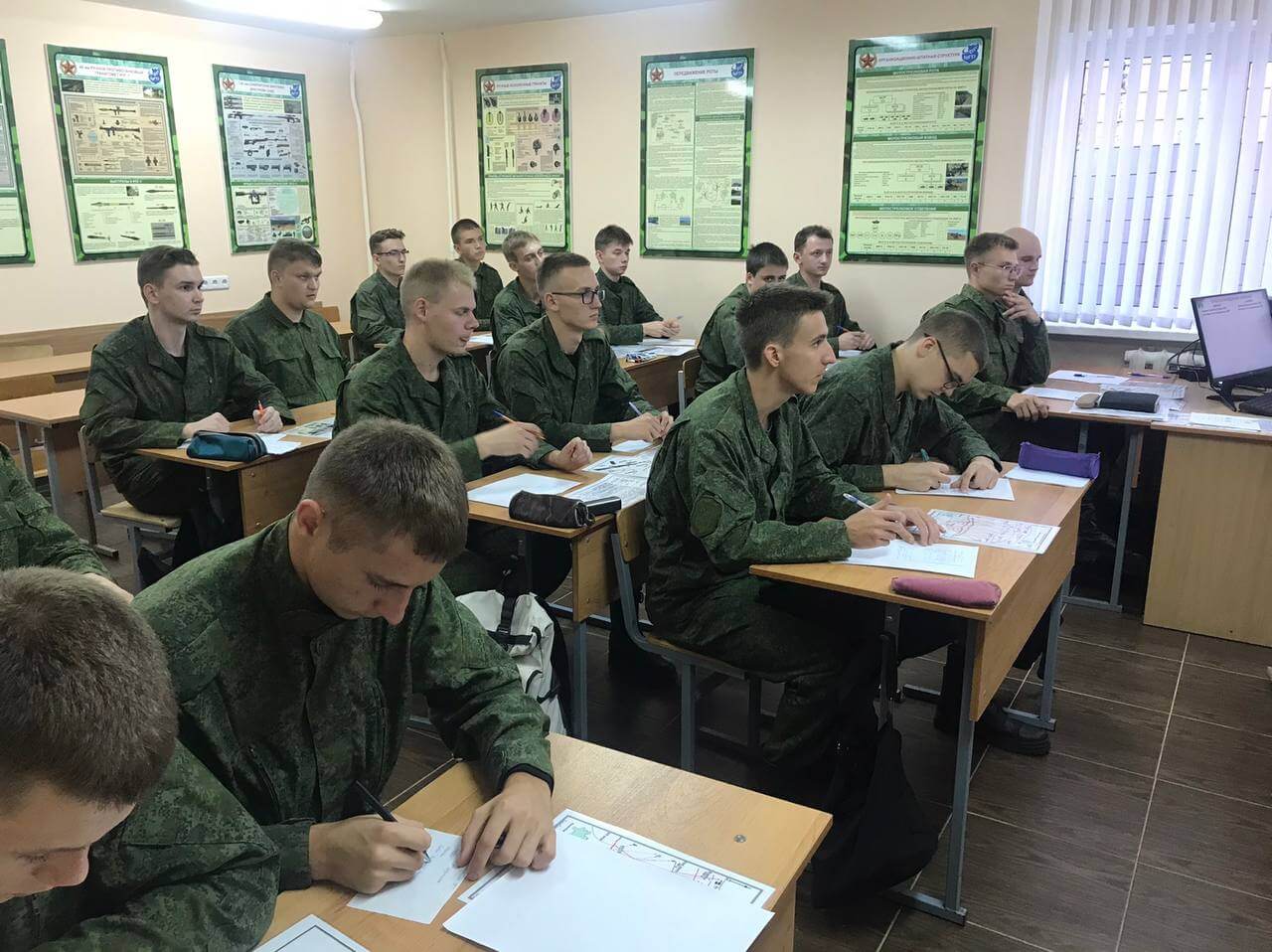
3) Now expansion of the list of specialties that women can study has become one of the mechanisms for solving the issue of shortage of officer personnel. Previously, women could study in a small number of military specialties, and their number is increasing every year. For example, in 2022, for the first time the Military Medical Institute of Belarusian State Medical University, the Military Faculty of Hrodna State University, as well as Faculties of Missile and Artillery Troops, Air Defense and Military Intelligence of the Military Academy began to recruit women for studies. During the 2022 enrollment to the Military Academy, almost one fifth of the cadets was a woman. And in 2023, the enrollment of women to the Military Faculty of Belarusian State Aviation Academy was announced. As the military themselves note, many women are interested in getting a military education. Therefore, we should expect an even greater increase in the number of specialties in which women will be able to receive military education in the future.
